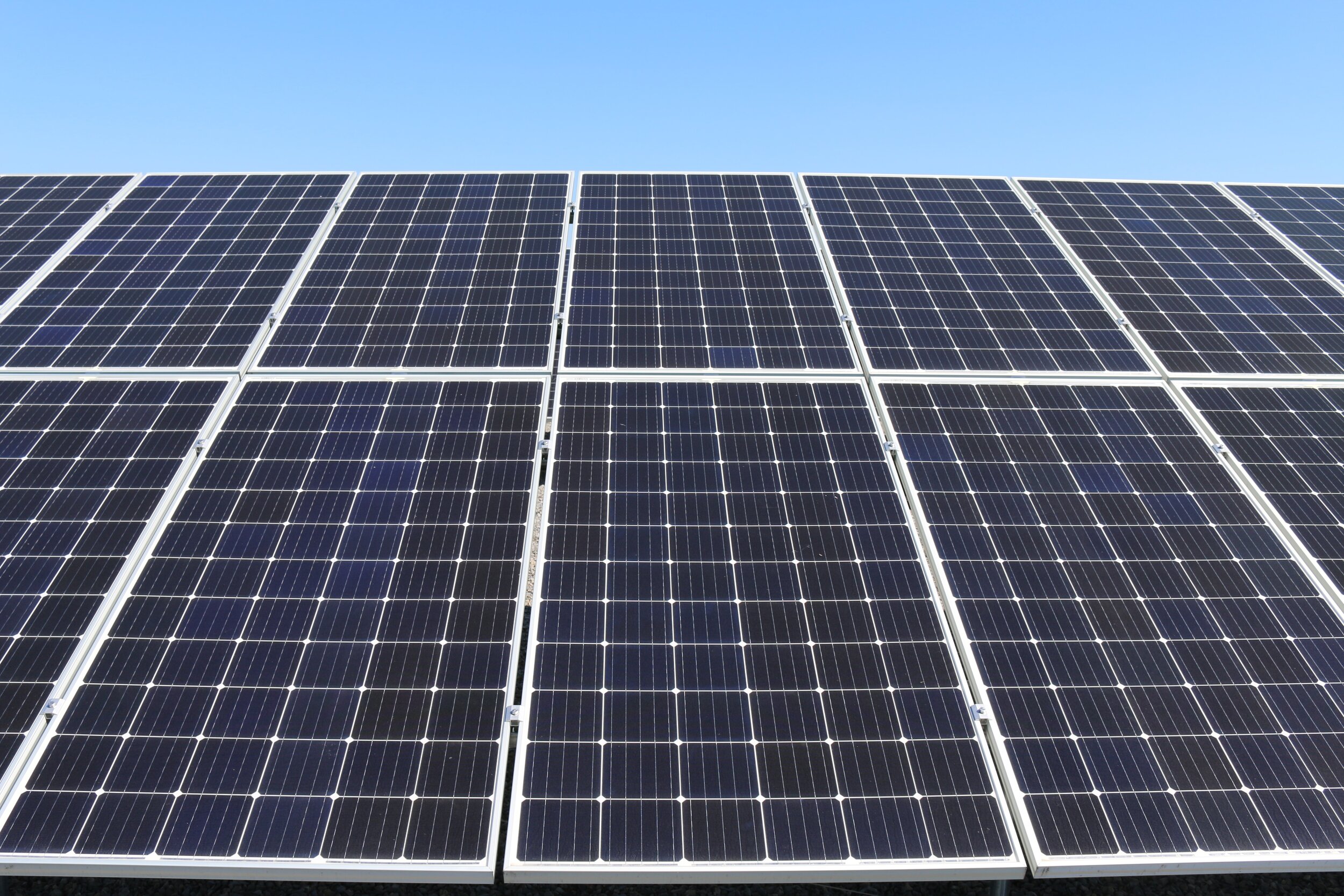
Home Energy Emissions Data
Key Takeaways
Reduce your time in the shower
Water heating makes up 14% of residential electricity consumption, and by cutting your household’s time in the shower in half, you can save 13.16 million British Thermal Units of energy per year.
Maintain less extreme home temperatures
By letting your home ebb and flow gradually with the temperature of the weather outside (maintaining less extreme temperature differences in your home versus the current climate) you can cut energy consumption drastically. Heating and cooling make up 32% of residential energy consumption, so be mindful.
Turn off items that are not in use
Appliances like lights, TVs, desktop computers, and fans make up 19% of your household’s energy consumption per year. They often consume electricity even when they are not in use. By simply turning them off when not in use, you will be able to keep your carbon footprint as low as possible.
Solarize your home
For an average household, converting to solar energy would save 8,460 lbs of CO2 - equivalent to 432 gallons of gas, which would be like taking your car off the road for almost an entire year! While it does have an initial start up cost of about $10,000 in 7.9 – 10.7 years you will start seeing a return on your investment leading to $30,000 dollars in savings after 20 years.
Home Energy Emissions Data
The Northeast region is tied with the Midwest for the highest energy consumption per household in the United States. Both regions have levels of energy consumption above the U.S. average, partially because of home heating needs. Single-family homes are the most energy intensive type of housing in part due to the energy intensive nature of heating and cooling a one-family space. Heating and cooling are typically the actions that require the most home energy which shows the importance of avoiding extreme home heating and cooling. The energy intensive nature of water heating shows the value of shorter, colder showers and the large energy consumption of all other actions, including running appliances, shows the need to turn off ideal devices.
Local Emissions Data
Home energy makes up a large portion of greenhouse gas emissions in New Hampshire, with residential emissions accounting for 18% of the state’s total green house gas emissions. Residential emissions make up a smaller percentage of total emissions in New Hampshire than they do in Vermont. However, New Hampshire has significantly less renewable energy with only one-sixth of all electricity coming from renewable sources, the largest of these being biomass. Fossil fuels are still a major source of heat and electricity for New Hampshire households, making up 54% of the state’s energy consumption and contribute to a significant carbon footprint for the average home.
Vermont dedicates 21.7% of its greenhouse gas emissions to Residential & Commercial fuel. However, Vermont has shown a strong commitment to renewable energy, which currently provides 55% of the state’s electricity with a goal of reaching 75% in 2032. The state also performs very well in terms of per capita greenhouse gas emissions, releasing just two-thirds of the U.S. per capita average. While Vermont has made significant progress towards its renewable energy goals, home heating still remains focused on natural gas and other fossil fuels. Proper weatherization, less extreme heating practices, and reduced hot water use will go a long way towards reducing household carbon emissions.









